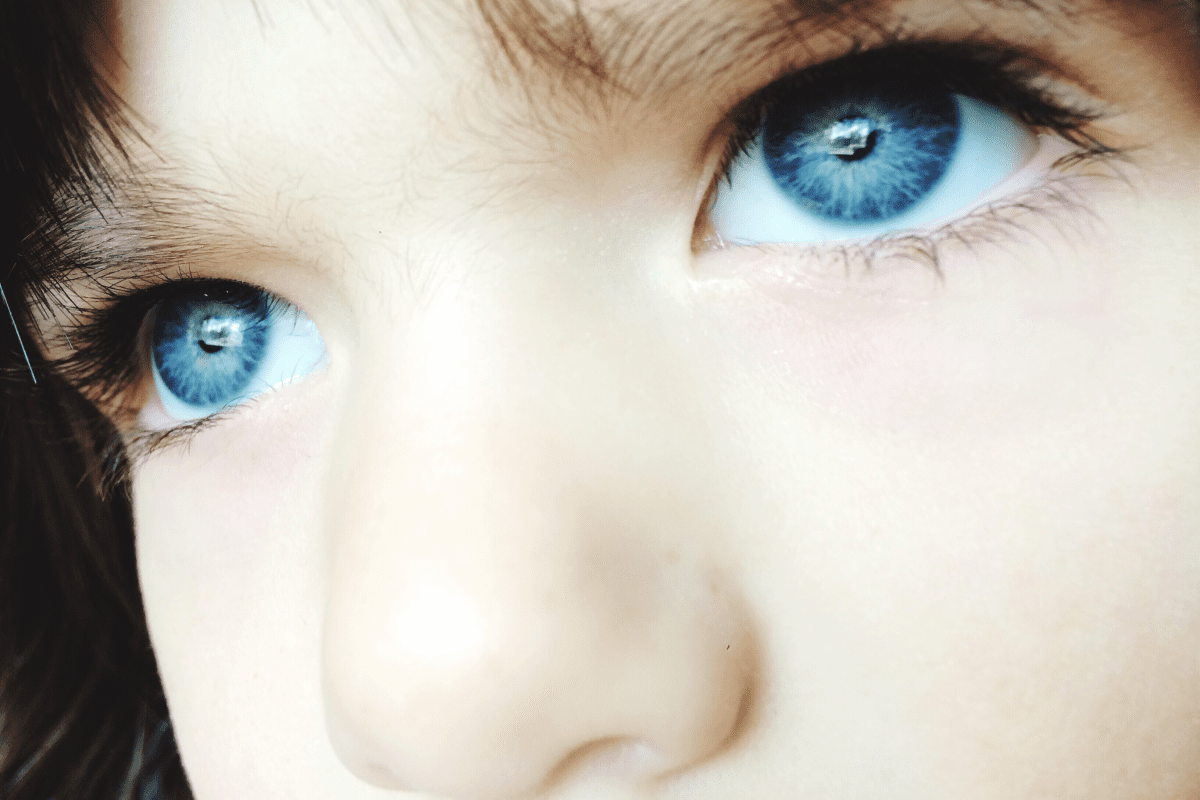People with autism spectrum disorder (ASD) frequently avoid making eye contact, and now scientists think they know why.
An area of the brain known as the dorsal parietal cortex shows less activity when someone who has ASD makes eye-to-eye contact compared to someone who does not, say scientists from the Yale University School of Medicine.
“We now not only have a better understanding of the neurobiology of autism and social differences, but also of the underlying neural mechanisms that drive typical social connections,” co-researcher Joy Hirsch said in a press release. Hirsch is a professor of psychiatry, comparative medicine and neuroscience at the school.
Vaccination Behavior Among Children With Developmental Delay
Human Umbilical Cord Blood Infusions in the Management of ASD
Gestational Exposure to Antidepressant Drugs and Neurodevelopment
The researchers analyzed brain activity during brief social exchanges between 17 adults with autism and 19 adults without autism. All the volunteers wore a cap that trained a light into the brain that is designed to record brain activity.
The experiment found that the dorsal parietal cortex was less active when a person with autism tried to maintain eye contact with their partner. The more severe the ASD diagnosis, the less their brain lit up. This finding may provide a biological index relevant to clinical classification and assessment of autism, Hirsch said.
Social features of ASD, as measured by ADOS (Autism Diagnostic Observation Schedule, 2nd Edition) scores, were also associated with activity in the same area of the brain, Yale News reported. Neural activity in this region was synchronous between “neurotypical” participants during real eye-to-eye contact but not during gaze at a video face. This expected increase in neural coupling was not observed in those with ASD, and is consistent with the differences in social interactions, the researchers said.
“Our brains are hungry for information about other people, and we need to understand how these social mechanisms operate in the context of a real and interactive world in both typically developed individuals as well as individuals with ASD,” said Hirsch.

